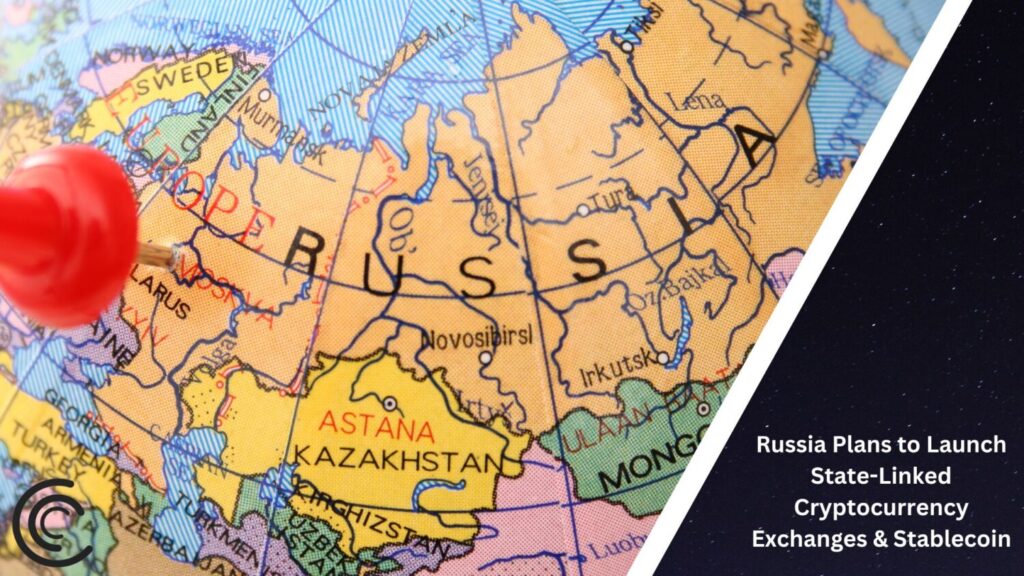Key Takeaways:
- Russia is launching two state-linked cryptocurrency exchanges and a stablecoin tied to the Chinese yuan
- The new exchanges and stablecoin will initially serve major corporations, with limited access for small and medium-sized enterprises
Russia has announced the launch of two state-linked cryptocurrency exchanges. These exchanges, set to operate in Moscow and St. Petersburg, are part of Russia’s strategy to bolster its economy and integrate digital payments for trade settlements amidst ongoing Western sanctions.
Russia’s decision to establish these cryptocurrency exchanges comes as part of its broader effort to circumvent the economic constraints imposed by Western nations.
Operating under a newly passed legislative framework, these exchanges will initially cater to subsidiaries of major corporations, with broader access to small and medium-sized enterprises (SMEs) and individuals expected to be limited in the early phases.
The exchanges will be crucial in facilitating digital payments and foreign trade activities. Their primary focus will be on developing a new stablecoin pegged to the Chinese yuan and a basket of BRICS currencies.
This stablecoin aims to stabilize trade and financial transactions, reducing Russia’s reliance on the US dollar and promoting economic cooperation among BRICS member states.
The introduction of a yuan-linked stablecoin reflects Russia’s strategic pivot towards de-dollarization.
The stablecoin will be issued at a 1:1 ratio, ensuring price stability and enhancing trade agreements within the BRICS bloc.
This initiative aligns with the broader trend of using digital currencies to strengthen trade relationships and reduce dependence on Western financial systems.
However, the rollout of these exchanges and the stablecoin faces several challenges. Legal, technological, and liquidity issues must be addressed to ensure seamless integration into Russia’s financial system.
Additionally, there are concerns about potential tracking and sanctioning risks associated with these new platforms, which could impact their effectiveness and reliability.
As Russia forges ahead with these initiatives, the broader implications for the global financial landscape remain to be seen. The move highlights a growing trend among countries to explore alternative financial systems in response to economic sanctions and geopolitical pressures.
With BRICS countries increasingly pushing the Chinese yuan for cross-border transactions, the global financial order could experience notable shifts in the coming years.
Russia’s foray into state-linked cryptocurrency exchanges and stablecoins marks a pivotal moment in its economic strategy, aiming to navigate and potentially reshape global financial dynamics.








